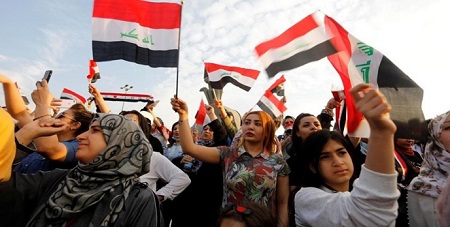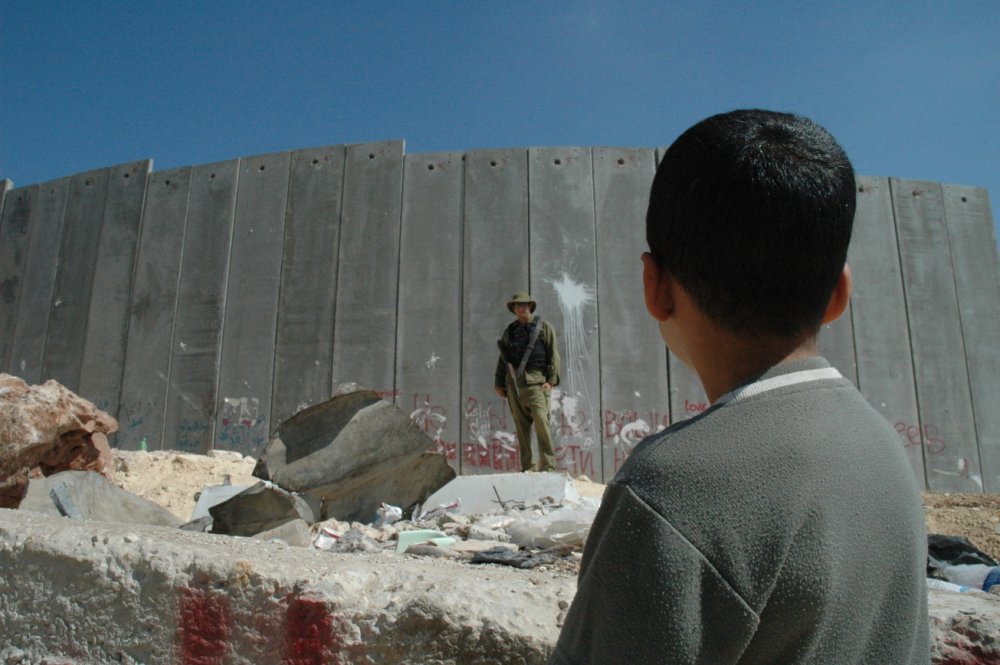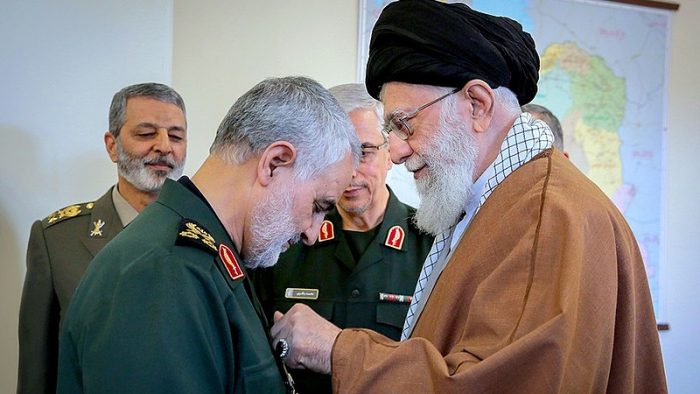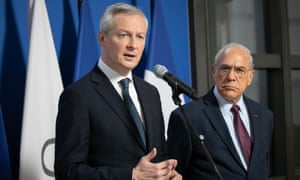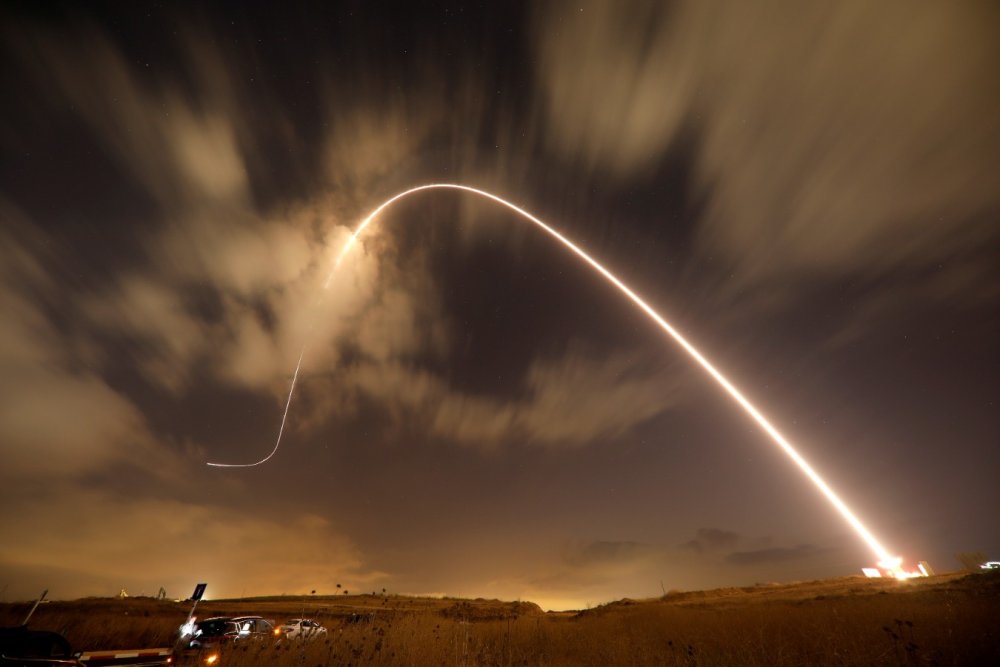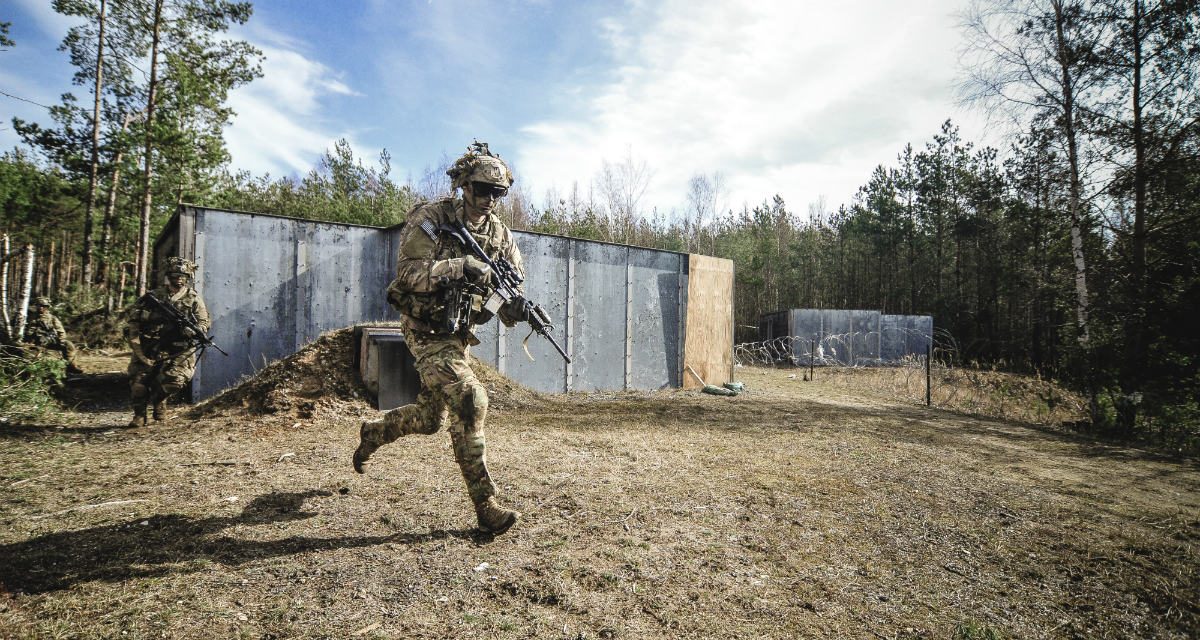In February 1972, three months after the close of East Pakistan’s bloody war of secession, the Indian filmmaker Ritwik Ghatak traveled to Dhaka, capital of the new nation of Bangladesh, as a state guest. It was a kind of homecoming. Born in 1925 in the eastern part of Bengal province, then an undivided state in British-ruled India, Ghatak grew up in the region before he relocated west to Calcutta in the early 1940s. Since 1947, when the province was split in two during Partition, its western half going to India and eastern half to Pakistan, he had not returned east.
As his flight crossed over the River Padma, which runs down Bangladesh, and on whose banks Ghatak had played as a child, the director was so moved that he burst into tears. “I felt that Bengal in plenty and beauty as I knew her years back was still there untransformed,” he recalled years later. Inspired, he returned to Bangladesh the same year to shoot a film, his first in a decade, A River Called Titas. But up close, he saw that the world of his childhood had all but disappeared. “Everything has changed out of recognition—people’s thought, mind, and soul,” he admitted. “They have lost culture.”





